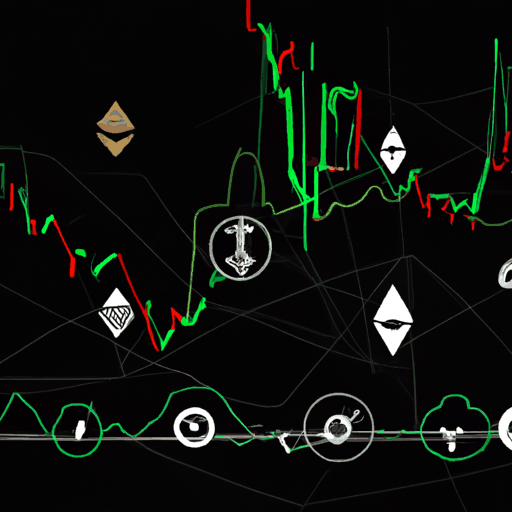
1inch Pioneers Trustless Solana-EVM Cross-Chain Swaps Without Bridges
By: Eva Baxter
Decentralized finance (DeFi) aggregator 1inch has released a groundbreaking feature: trustless cross-chain swaps between Solana and numerous Ethereum Virtual Machine (EVM) networks. This innovative approach bypasses the need for traditional bridges and third-party messaging protocols, representing a significant advancement in the DeFi space.
Historically, transferring assets across different blockchain networks has involved risky protocols and bridges, leading to security vulnerabilities. Notably, the Wormhole bridge, connecting Solana and Ethereum, was hacked in February 2022, resulting in losses exceeding $320 million. This event underscored the vulnerabilities associated with such systems, which hackers exploited through bridge signature flaws. In contrast, 1inch's new method ensures security through a decentralized process that locks user funds in chain-specific escrows, eliminating shared pool risks.
The key innovation involves 1inch's Dutch Auction model, part of the Fusion+ architecture, which has been adapted to function in Solana's ecosystem. This model facilitates atomic settlement without bridging, by employing cryptographically linked escrows on both the source and destination blockchain. When a user initiates a swap, a resolver locks an equivalent amount of liquidity on the destination chain, with both escrows unlocking simultaneously upon revealing a cryptographic secret.
This approach provides significant advantages. By maintaining liquidity within its native ecosystem, it reduces fragmentation and enhances market efficiency, as Solana's isolated liquidity can now interact seamlessly with EVM networks. It also paves the way for more efficient cross-chain trading, allowing Solana-native tokens to be traded directly against counterparts like Ethereum and Polygon. This transformation is anticipated to attract new users and capital to Solana, while enriching DeFi innovation and liquidity flows across the blockchain domain.
Looking forward, 1inch plans to expand this technology to include more non-EVM networks, further promoting a multichain future. As the DeFi industry evolves, architectures that allow for secure and frictionless asset movement across diverse networks will be crucial. This release marks a critical step in achieving a robust and interconnected blockchain ecosystem.



